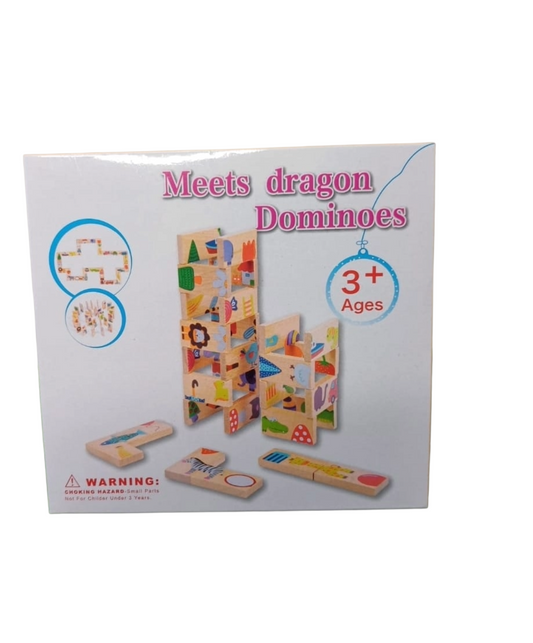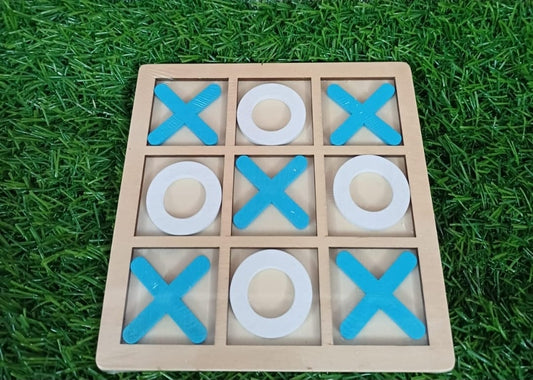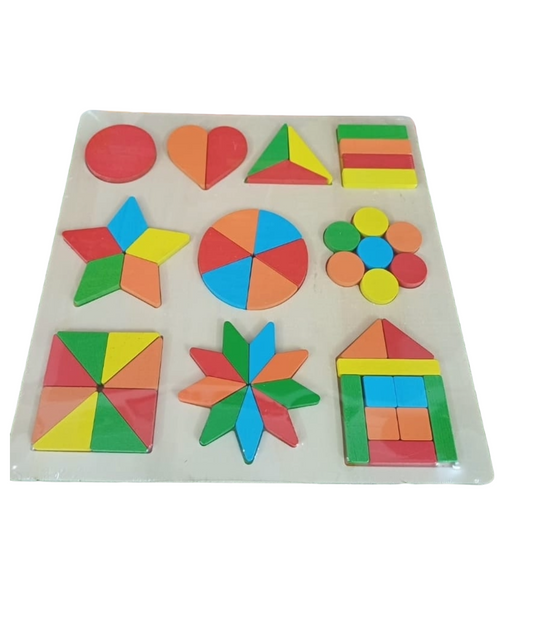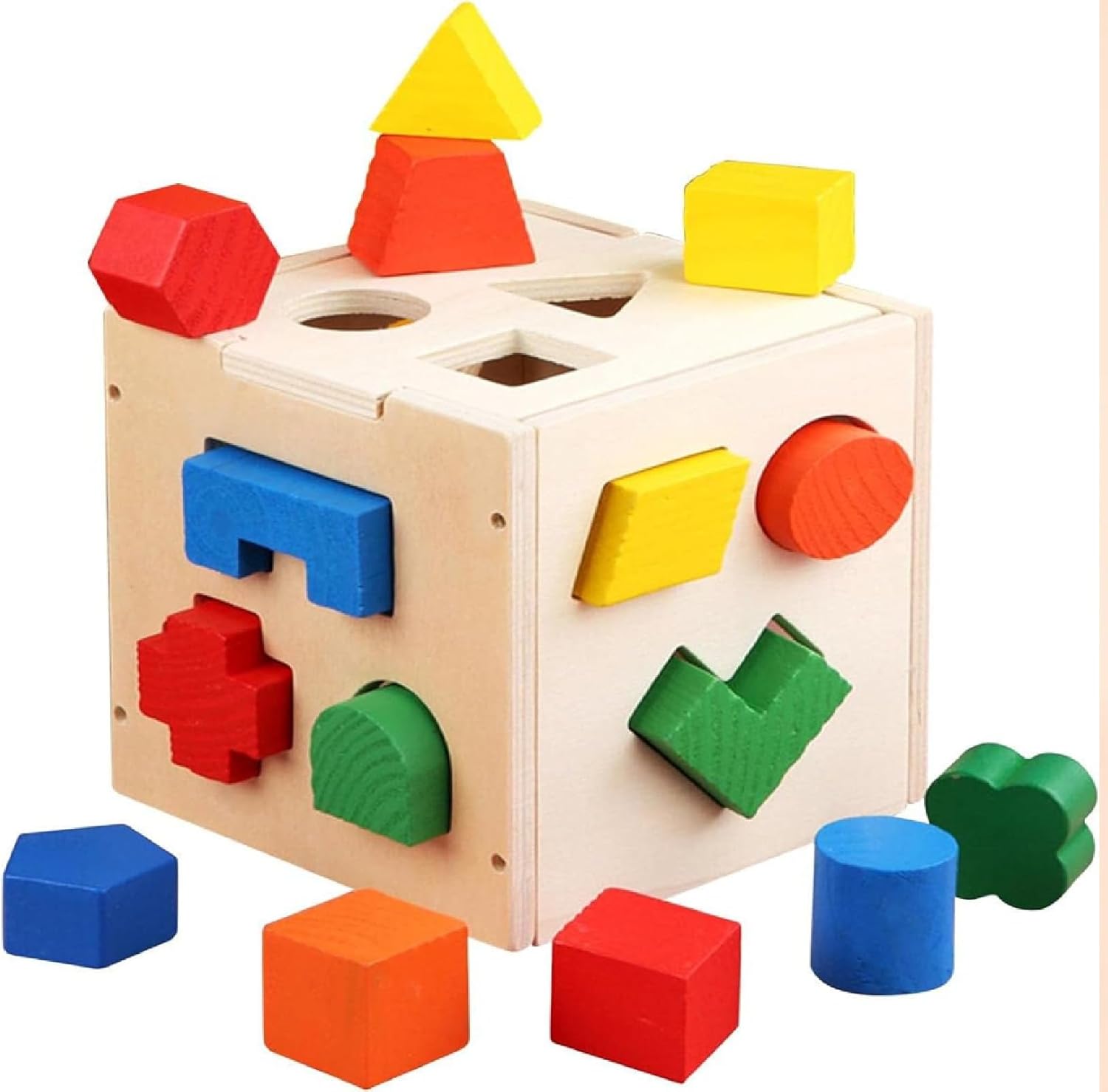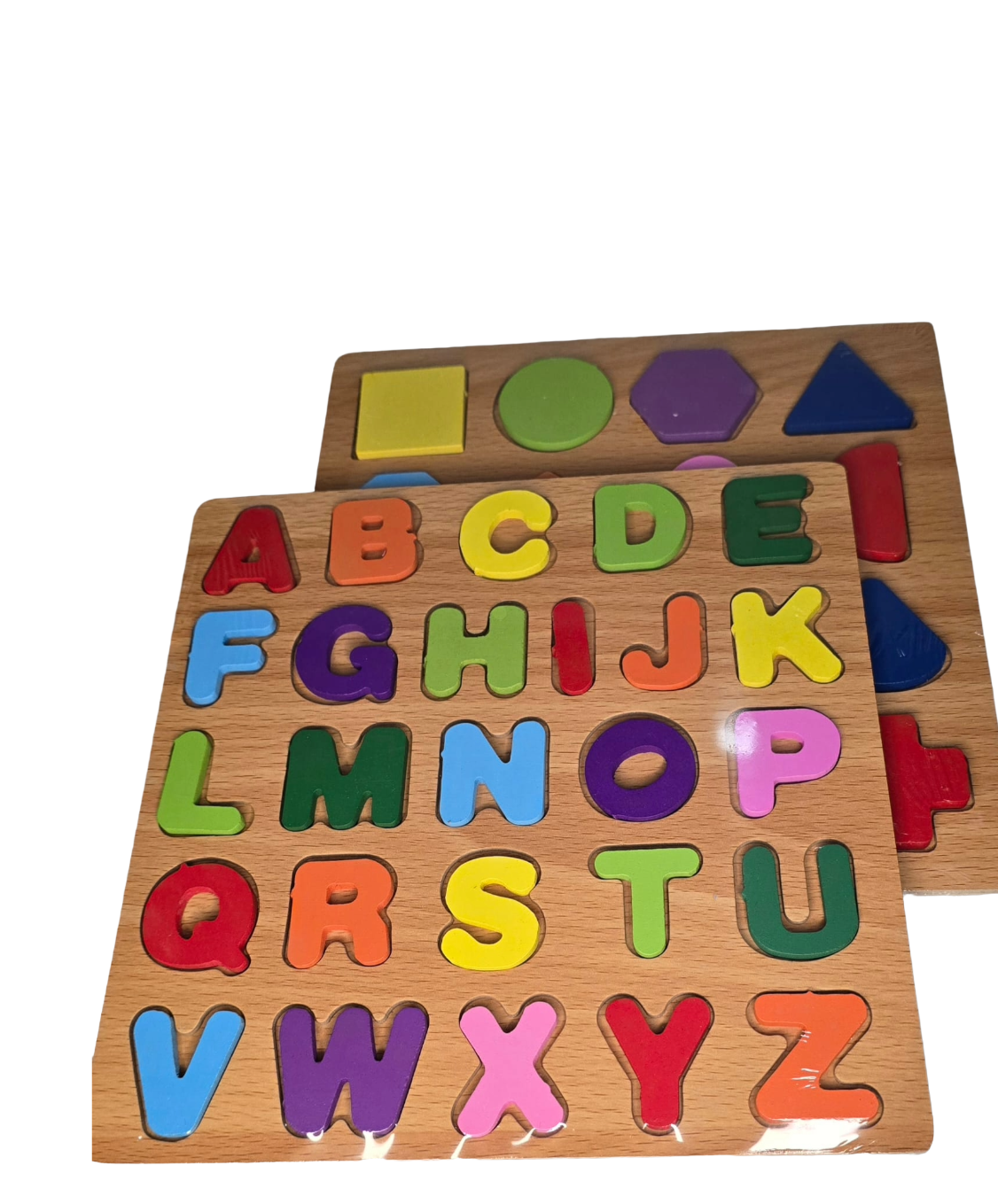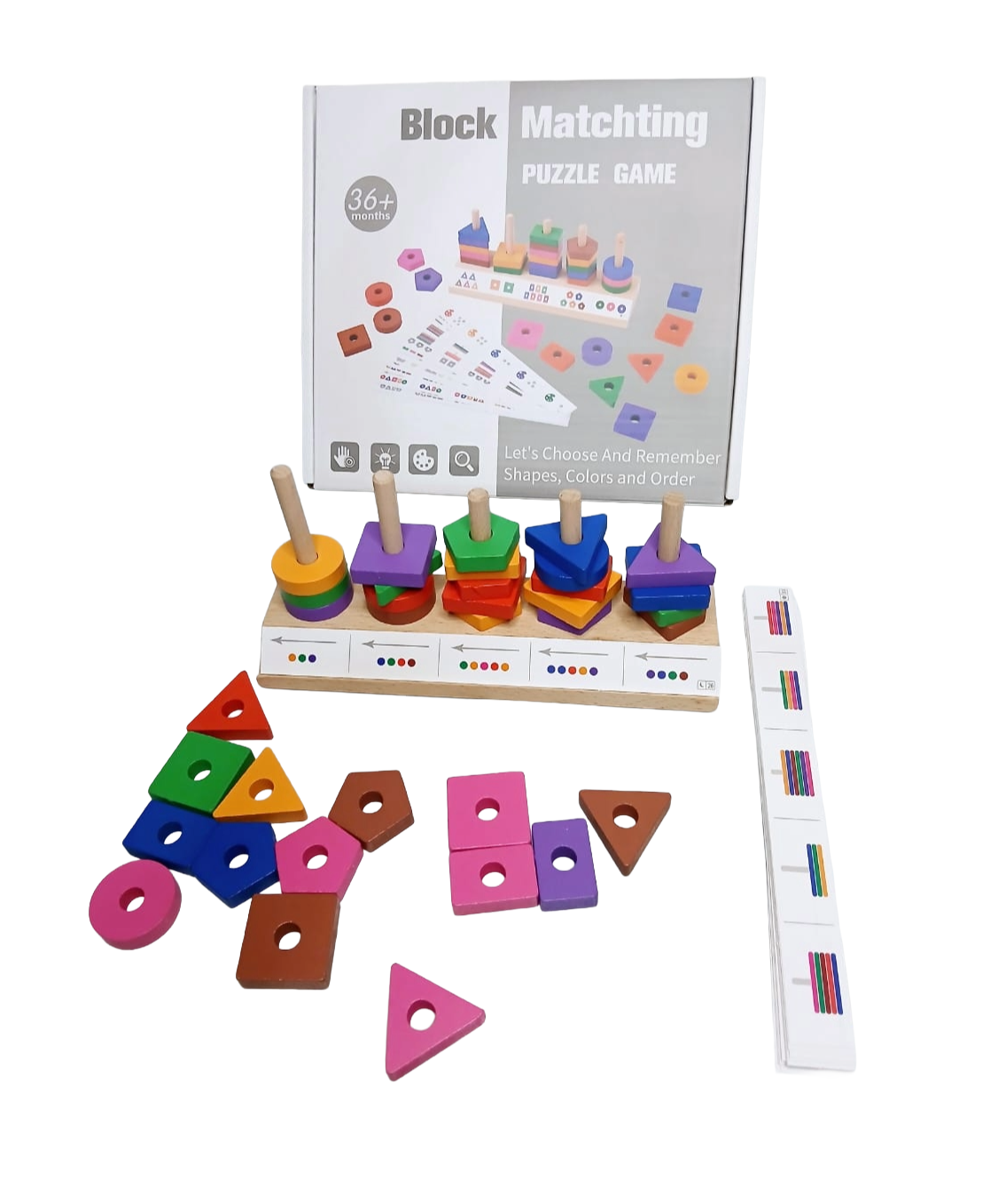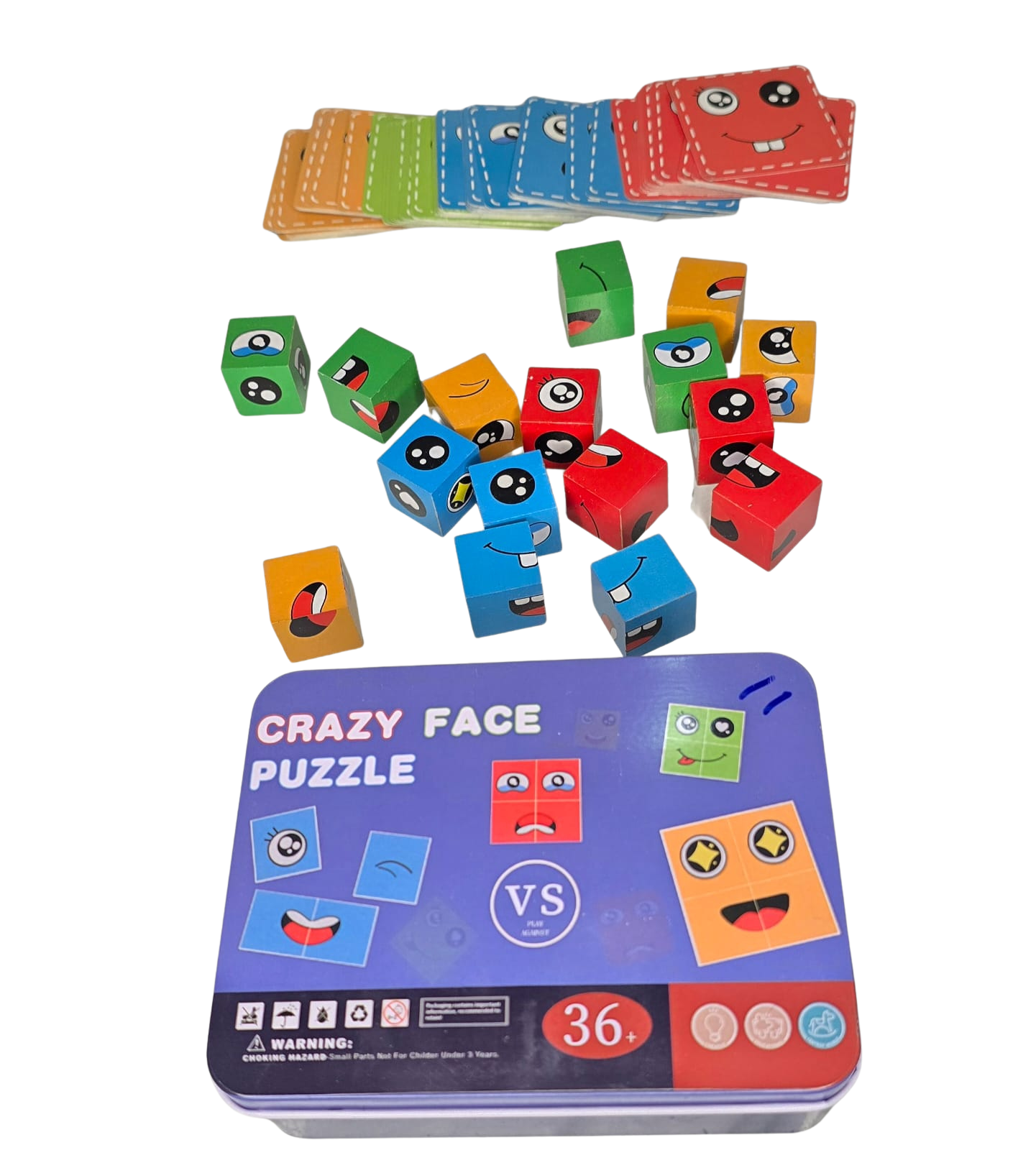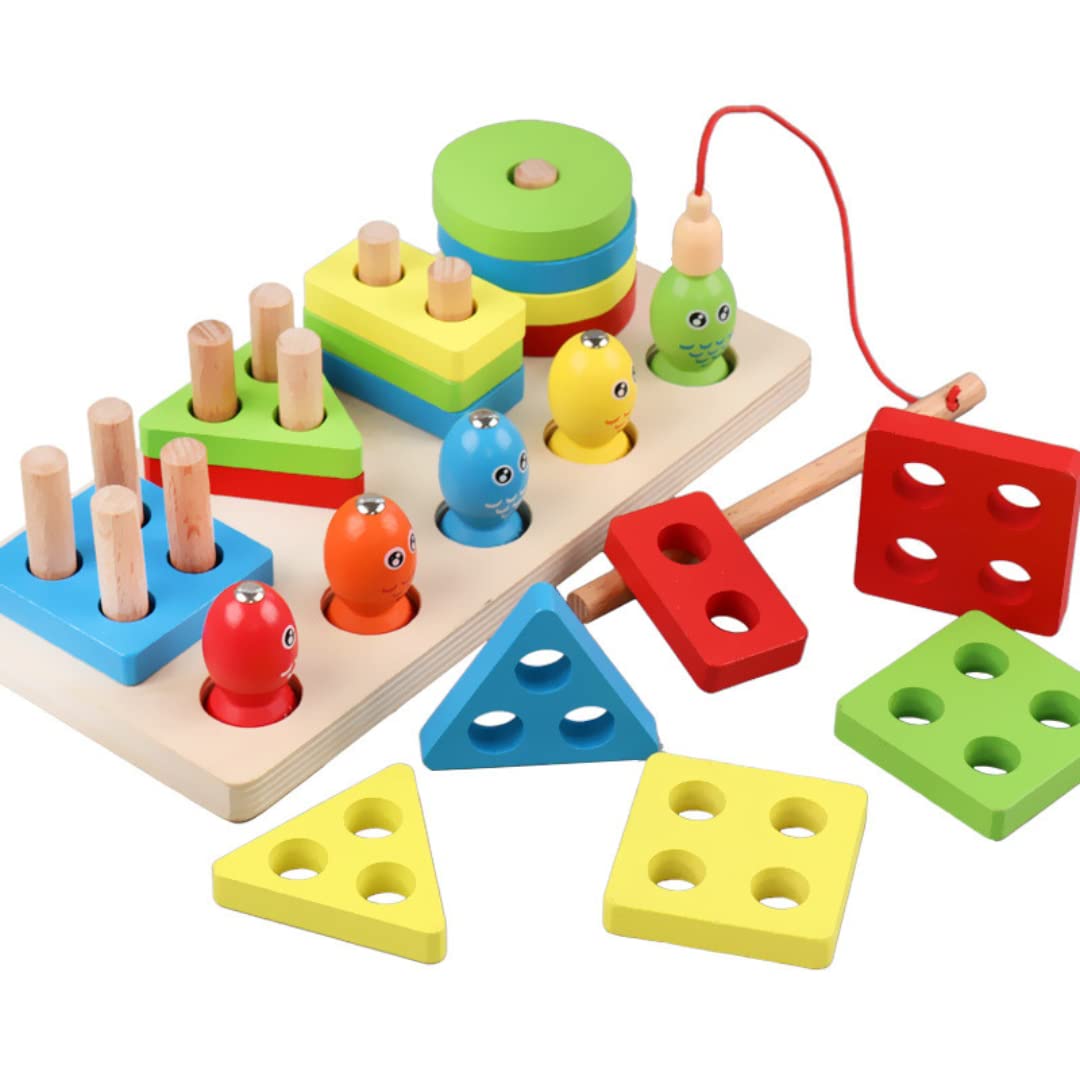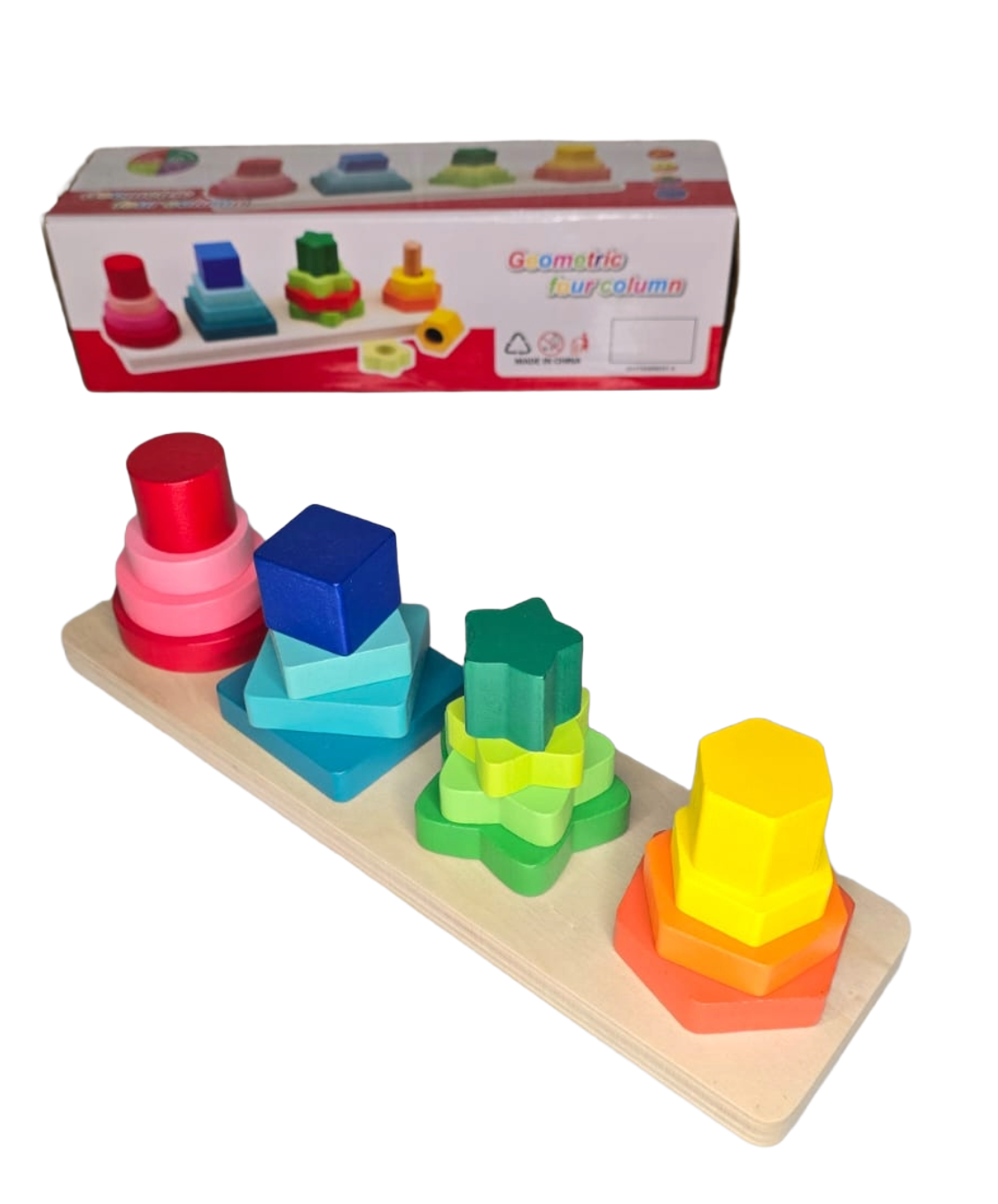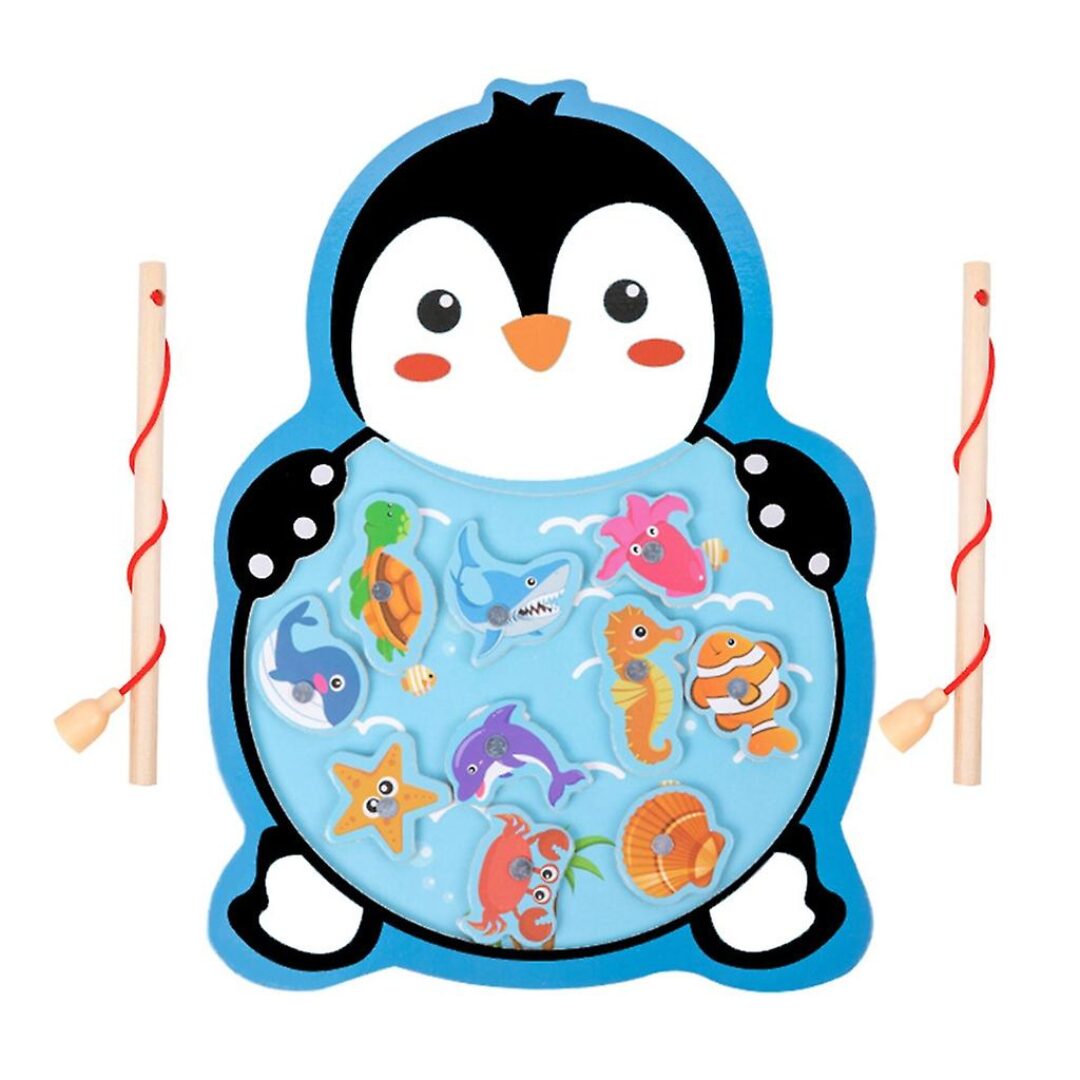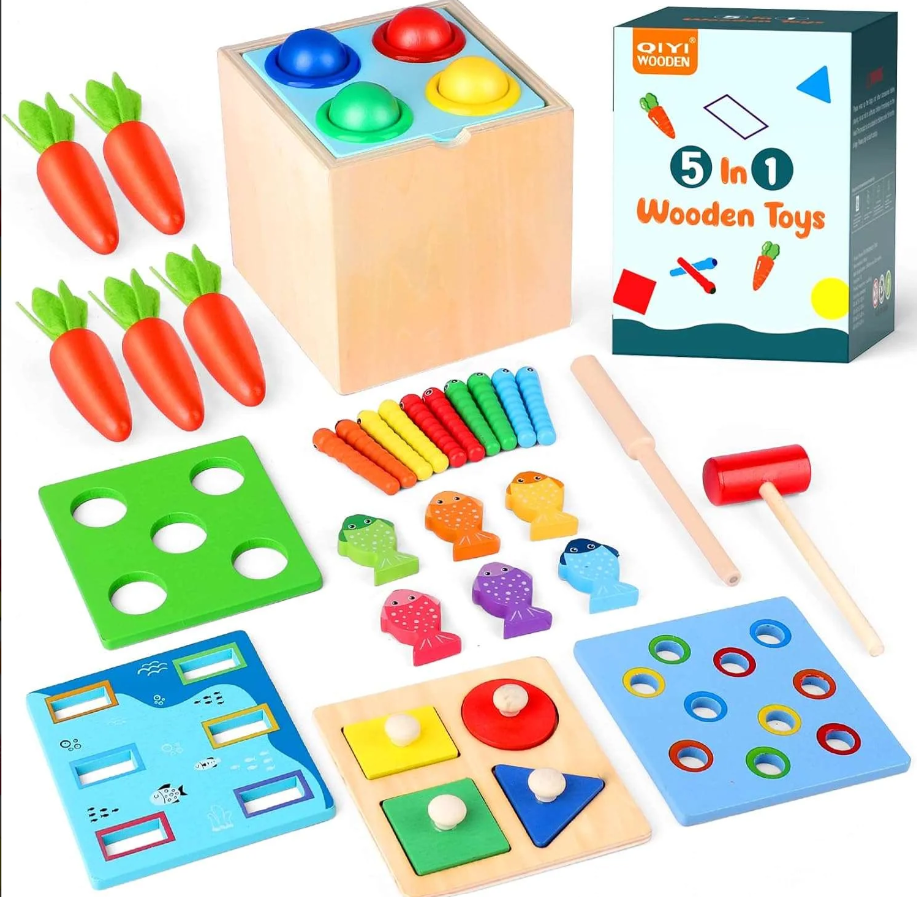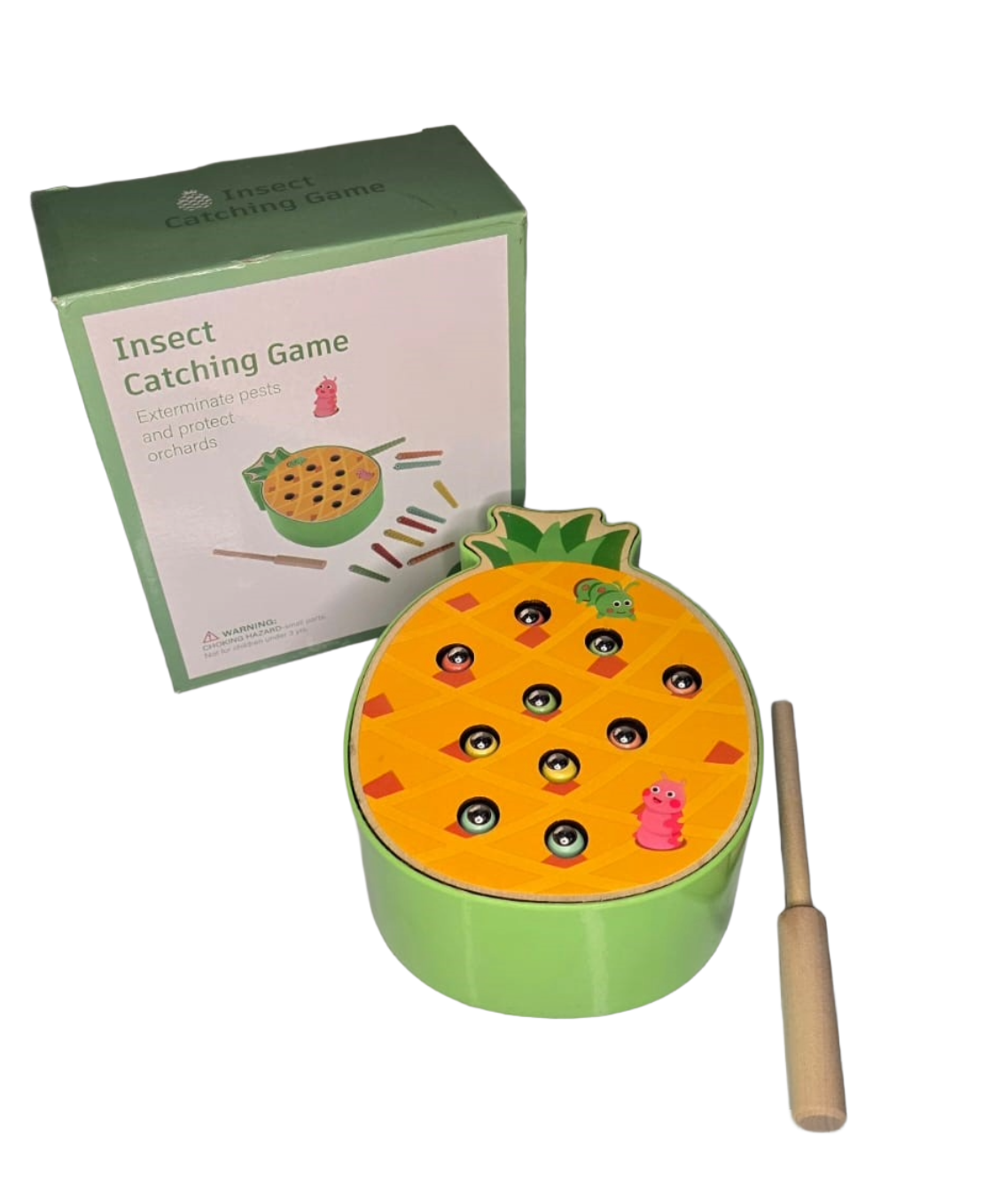What is Hand-Eye Coordination? A Mother’s Take
As a mom, whenever I shop for toys for my child, I often come across big words on packaging - hand-eye coordination, fine motor skills, gross motor skills, sensory play. At first, they all sounded like complicated science terms. But over the years, I’ve learned what they really mean in our children’s daily lives. Let me share it with you in a simple way - from one parent to another.
Hand-Eye Coordination
This is simply the ability to use our eyes and hands together to do a task. For example, when your child picks up a block and places it on another block without it falling, that’s hand-eye coordination. Their eyes guide the hands, and the hands listen to the eyes. Think of catching a ball, threading beads, or even scribbling with crayons, all are wonderful ways children strengthen this skill.
Fine Motor Skills
These are the small muscle movements like the fingers and wrists. When your child presses playdough, turns puzzle pieces, zips up a jacket, or builds with small blocks, they’re practicing fine motor skills. Toys that involve grasping, pinching, or turning help prepare them for real-life tasks like writing or buttoning clothes.
Gross Motor Skills
This is all about the big muscles - arms, legs, back, and body movement. Running, jumping, balancing, dancing, or even climbing onto the sofa are part of gross motor skills. Toys like ride-ons, balls, skipping ropes, or balance boards are not just fun, they’re helping children strengthen their bodies and coordination.
Sensory Play
This is when a toy or activity stimulates the senses - touch, sight, hearing, smell, or even taste. For example, squishing slime, feeling sand, listening to a rattle, or seeing bright colors. Sensory play helps children explore the world safely and improves their brain connections.
Cognitive Skills
This simply means thinking and problem solving. When a child figures out how to fit a shape in the sorter, how to complete a puzzle, or how to pretend-play with kitchen toys, they are using their brain power. It’s about learning how things work, making decisions, and being curious.
---------------------------------------------------------------------------------------------------
💡 Why this matters for parents:
As moms and dads, sometimes we just see “another toy on the floor.” But in reality, every time our child stacks a block, runs with a ball, or even struggles to push a puzzle piece in, their brain and body are working hard together. That’s why toy companies use these terms – to show us how play is actually learning.
So next time you pick a toy, remember:
Hand-eye coordination is helping them aim, place, and move with purpose.
Fine motor is building tiny finger muscles for writing later.
Gross motor is strengthening their whole body.
Sensory play is opening up their world of discovery.
Cognitive skills are shaping their little problem-solving minds.
At the end of the day, toys are not just about keeping children busy. They are tools that quietly prepare them for life’s bigger challenges – all while having fun.

